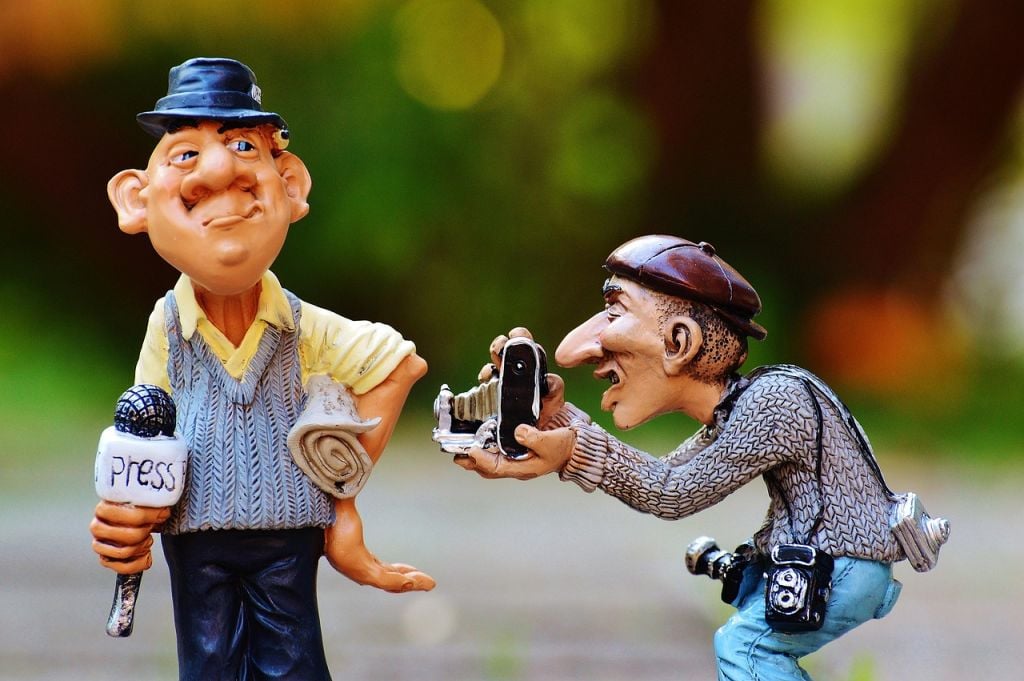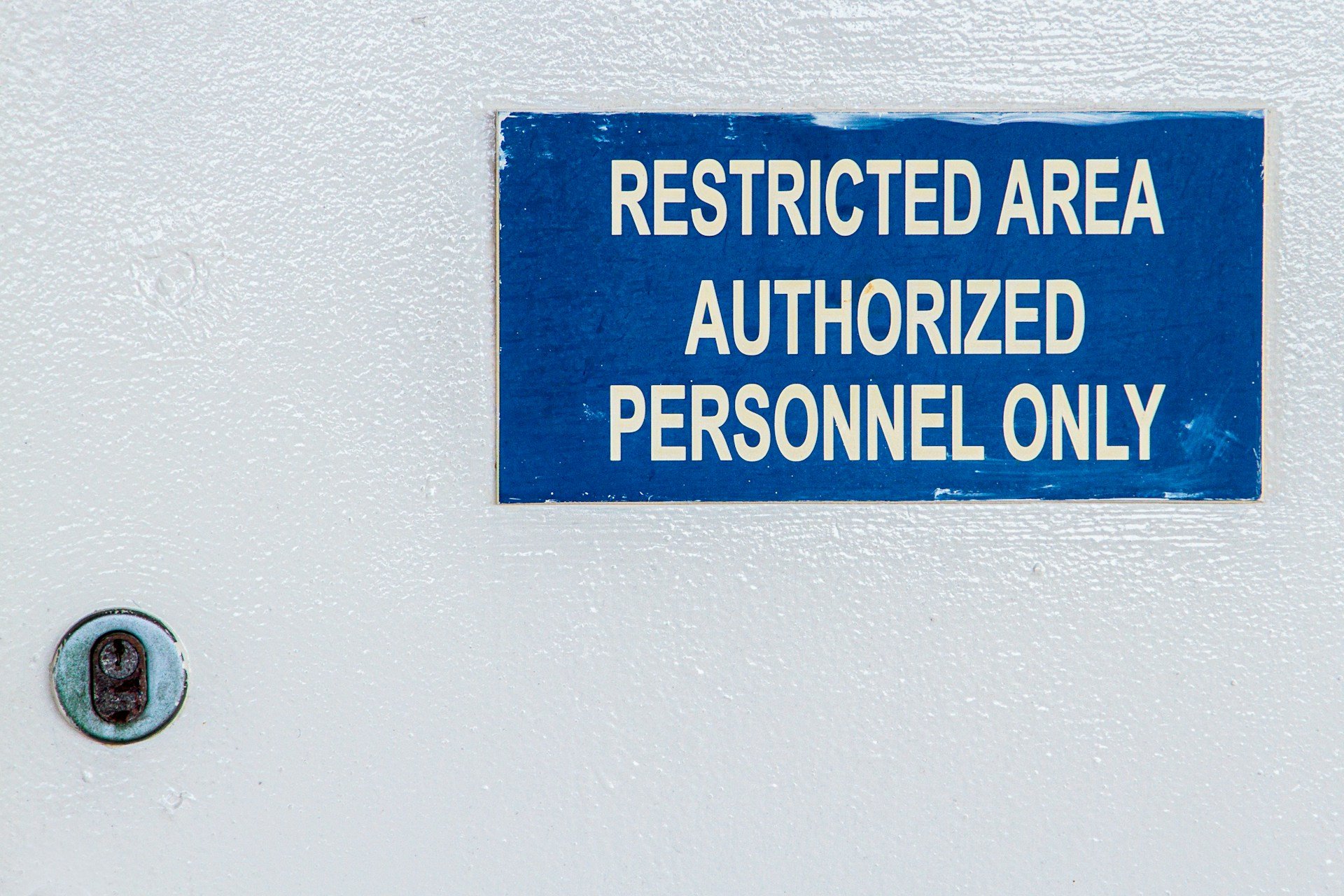Some people use VPNs just to stream The Office from another country. But for journalists and activists—especially those reporting from regimes where truth itself is a threat—a VPN isn’t about entertainment. It’s a lifeline. I’m not exaggerating here; I’ve spoken to reporters who quite literally owe their freedom (and sometimes, their safety) to the small green “connected” icon on their VPN dashboard. But how exactly does this digital cloak of invisibility work? And more importantly—can you really trust it to keep the wolves at bay? Let’s talk about the VPN for journalists world, the real one, not the marketing fluff.

Image Credit: Pixabay under Creative Commons
Here’s something I’ve noticed over the years: people assume that a VPN automatically makes them untraceable. It doesn’t. What it does do is mask your IP address, encrypt your traffic, and, if you’re smart enough to pick the right provider, prevent your data from being stored anywhere it can be retrieved later. That’s the key—because the threats to journalists aren’t just hackers or government censors sitting behind firewalls; they’re subpoenas, ISP logs, and data retention laws that can quietly expose who talked to whom and when. A VPN for activists or reporters essentially serves as a digital smokescreen—it hides your trail so that sensitive communications and whistleblower tips don’t lead back to the wrong door.
But let’s back up for a second. Imagine you’re a freelance reporter covering protests in a country where the government loves surveillance a little too much. You try to upload footage, and suddenly your connection drops or your access to social platforms is blocked. Classic censorship playbook. This is where online censorship tools like VPNs come into play—not to “hack” the system, but to route around it. The VPN tunnels your traffic through servers in another country, disguising your online location. To the censoring system, you’re just another anonymous user watching cat videos from Amsterdam. Underneath that disguise, you’re sharing vital on-ground footage with the world.
Now, let’s talk about the darker side. Because, yes, there’s always a darker side. Not every VPN is built for the weight of journalistic responsibility. Many claim to be “no logs” services, but in reality, they still collect connection timestamps or bandwidth metrics—enough to link an activity back to a user with the right legal nudge. For journalists, that’s a deal-breaker. If you’re reporting on corruption or government abuse, you don’t want a VPN that folds under pressure. You want one that literally has nothing to hand over. Some of the best VPN for journalists options have undergone independent audits or even court tests proving they hold zero identifiable user data. That’s the kind of “trust but verify” attitude you need in this line of work.
But there’s another use case that doesn’t get as much attention: collaboration. When a team of reporters or human rights investigators works across borders, VPNs allow them to securely share files, notes, and communications over public Wi-Fi or compromised networks. Without encryption, every email or shared document could be intercepted. With a VPN tunnel, those packets of data are scrambled into unreadable gibberish until they reach the intended recipient. Combine that with encrypted messaging apps, and you’ve got the digital equivalent of a locked newsroom.
Some might say, “If you’ve got nothing to hide, why worry?” But that argument misses the point entirely. Journalism depends on privacy—not for secrecy’s sake, but for protection. Sources won’t come forward if they fear being tracked or punished. And in several countries (I’m looking at you, with your shiny surveillance laws), just visiting a dissident news site can flag your IP in government systems. VPNs aren’t about being sneaky—they’re about being able to work freely without the constant shadow of watchful eyes.

Let me throw in a personal observation: VPNs don’t make you invincible. I’ve seen overconfident users expose themselves by logging into personal accounts or reusing identifiable handles while “protected.” A VPN hides your location, not your habits. It’s one layer in a larger armor of digital hygiene—think secure browsers, encrypted storage, two-factor authentication, and yes, using Tor when things get truly dicey. In short, don’t treat your VPN like a bulletproof vest. It’s more like camouflage: it helps you blend in, but if you stand under a spotlight, you’ll still get seen.
For activists, especially those operating under restrictive regimes, the situation is even trickier. A VPN for activists not only helps bypass censorship but can also allow access to critical coordination tools that governments block—Signal, Telegram, independent news sites, donation portals, etc. Some VPN providers have started offering “obfuscated servers,” which disguise VPN traffic as regular HTTPS traffic, making it much harder for firewalls to detect and block. It’s a game of cat and mouse, sure—but in that game, having the right tools can literally mean the difference between getting the story out or being silenced.
Now, let’s address something rarely mentioned in glossy VPN ads: operational risk. Using a VPN in itself can attract suspicion in some countries. That’s why experienced journalists often use region-appropriate VPN setups—connecting through “bridge” nodes, using open-source clients, and avoiding patterns that might flag them. Some even rotate VPNs or use temporary credentials to minimize traceability. It’s digital espionage, minus the tuxedos and Aston Martins.
Look, technology alone doesn’t guarantee safety. But in the journalism world, where courage meets censorship, VPNs act as a vital extension of press freedom. They ensure that stories reach the public, that whistleblowers stay protected, and that oppressive regimes can’t entirely lock down the truth. So yes, if you’re a journalist—or anyone who values freedom of information—understanding VPNs isn’t optional anymore. It’s professional survival.
And while I can’t tell you which service to use (that depends on your threat model, location, and trust level), I’ll say this: pick one that’s been tested, transparent, and unafraid of audits. Because when you’re standing between the truth and the machinery of silence, the last thing you want is a weak link.





